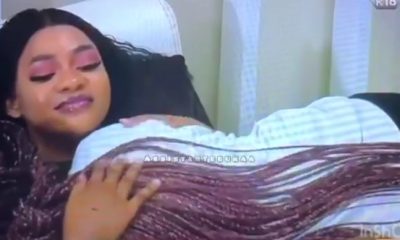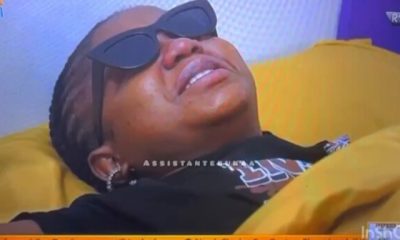Health & Fitness
How To Check Yourself For Lice
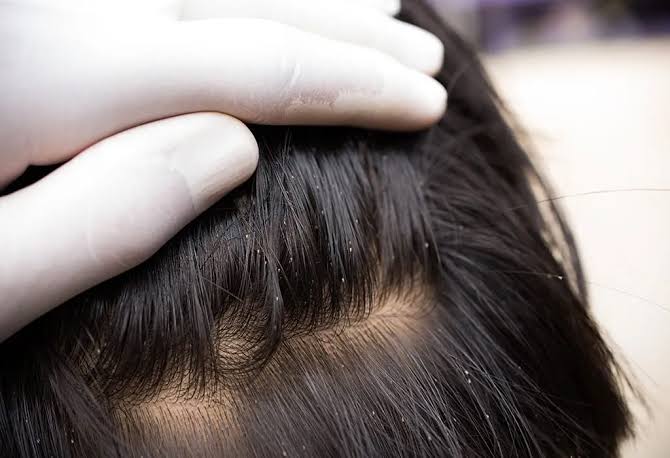
Are you having an itchy scalp? Are you concerned that you may have lice? Don’t worry! In this article, we will be looking at how to check yourself for lice. Lice are small insects that infest the scalp and hair, causing itching and discomfort.
By following these simple steps, you can identify and address a lice infestation early on. So let’s get started with our guide on how to check yourself for lice!
Prepare for the Examination
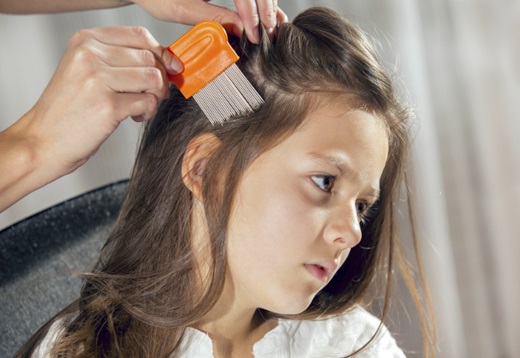
Before you begin checking for lice, it’s important to gather the necessary tools. Here’s what you’ll need:
1. Bright Light: Find a well-lit area, preferably using natural light or a bright lamp. Good lighting will help you spot lice or their eggs (nits) more easily.
2. Fine-Toothed Comb: Use a special lice comb with closely spaced teeth. This comb is designed to catch and remove lice and nits effectively.
3. White Paper or Towel: Place a white paper or towel on your lap or a surface close to you. This will allow you to see any lice or nits that fall off.
How To Check Yourself For Lice
Step 1: Wet Your Hair
Wet your hair thoroughly using warm water. Lice tend to move more slowly when the hair is wet, making them easier to spot. Apply a small amount of conditioner to your hair and comb it through to make it easier to comb out any lice or nits.
Step 2: Start the Examination

Sit in front of a mirror and begin the examination process:
1. Part Your Hair: Use a mirror or ask someone for help to part your hair down the middle. Work from the forehead to the back of your head, creating sections about one inch wide.
2. Inspect the Scalp: Use the lice comb to carefully comb through each section of hair, starting at the scalp. Pay close attention to the areas behind the ears, at the nape of the neck, and around the crown of your head, as lice prefer these warm areas.
3. Look for Lice and Nits: As you comb through, keep an eye out for any signs of lice or nits. Adult lice are about the size of a sesame seed and can be tan or brown. Nits are tiny, oval-shaped eggs that are usually yellowish-white and firmly attached to the hair shafts, close to the scalp.
4. Wipe the Comb: After each stroke, wipe the comb on the white paper or towel to check for lice or nits. Look closely to see if you spot any crawling lice or nits that have been dislodged.
5. Repeat the Process: Continue parting your hair and combing through each section until you have examined your entire scalp and hair thoroughly.
What to Do If You Find Lice or Nits
If you discover lice or nits during the examination, it’s crucial to take immediate action to treat the infestation:
1. Inform Others: Let your family members, close friends, and anyone else with whom you have had close contact know about the lice infestation. This will help prevent the spread of lice to others.
2. Treat the Infestation: Consult a healthcare professional or pharmacist for the most appropriate lice treatment products. Follow the instructions carefully to ensure effective treatment. Remember, treating lice requires thorough combing, cleaning of bedding and personal items, and sometimes multiple treatment sessions.
3. Remove Lice and Nits: Use the fine-toothed comb to remove the lice and nits from your hair. Make sure to clean the comb after each stroke to prevent reinfestation.
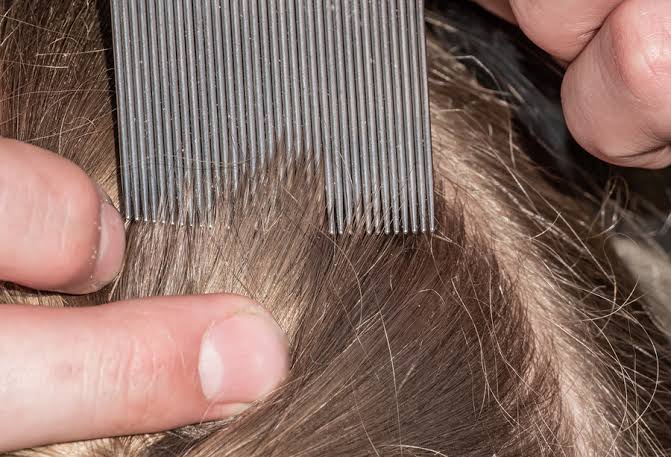
4. Wash Bedding and Clothing: Wash all bedding, clothing, and personal items that may have come into contact with lice in hot water. Use the high heat setting on your dryer to kill any remaining lice or nits.
5. Vacuum Your Home: Vacuum upholstered furniture, rugs, and carpets thoroughly to remove any stray lice or nits that may have fallen off. Pay extra attention to areas where you spend a lot of time, such as your bed, couch, and car seats.
Prevention Tips
To reduce the chances of reinfestation and to prevent the spread of lice to others, follow these preventive measures:
1. Avoid Sharing Personal Items: Refrain from sharing combs, brushes, hats, hair accessories, towels, or any other personal items that come into contact with your hair.
2. Regularly Check for Lice: Perform routine head checks, especially if you’ve been in close contact with someone who has lice or if you’ve recently dealt with an infestation. Early detection is key to preventing lice from spreading.
3. Encourage Good Hygiene: Teach your children to maintain good hygiene practices, such as avoiding head-to-head contact with classmates or friends and keeping their personal belongings separate.
4. Tie Up Long Hair: Keeping long hair tied up or braided can minimize the chances of lice transfer from one person to another.
5. Educate Others: Spread awareness about lice and its prevention within your community, particularly among parents and teachers. Knowledge is the first line of defense against lice infestations.
READ MORE: How To Help Someone With A Porn Addiction
Conclusion
By following these step-by-step instructions, you can effectively identify lice and take immediate action to treat the infestation. Remember to be thorough in your examination, focusing on the scalp and areas where lice are most likely to hide. If you do find lice or nits, don’t panic—consult a healthcare professional and follow the recommended treatment process.
By taking preventive measures and practicing good hygiene, you can minimize the chances of future infestations and protect yourself and those around you from lice. Stay vigilant, and keep your hair lice-free!
Frequently Asked Questions
1. How do lice spread from one person to another?
Lice are typically spread through direct head-to-head contact. This can happen when individuals engage in activities that involve close proximity, such as hugging, sharing combs or hair accessories, or lying on the same pillow or carpet. Lice do not have the ability to jump or fly, so they rely on direct contact to move from one person to another.
2. Can lice survive on furniture or bedding?
Lice can survive off the human scalp for a limited time. They can crawl onto items such as hats, combs, or pillows, but they cannot survive long without a blood meal from the scalp. However, it is still a good practice to wash bedding, clothing, and personal items that may have come into contact with lice during an infestation.
3. Can lice infest pets?
No, lice are species-specific, meaning they are specific to a particular species of animal. Human lice cannot infest or survive on pets, and similarly, pet lice cannot infest humans. If you suspect your pet has lice, consult a veterinarian for appropriate treatment.
4. Can lice be eliminated without using chemical treatments?
While over-the-counter or prescription lice treatments are often recommended for effective elimination, some people may prefer alternative methods or natural remedies. These methods may involve manual removal using a fine-toothed comb, suffocating the lice with certain oils or mayonnaise, or using home remedies like vinegar or essential oils. However, note that the efficacy of these methods may vary, and it’s best to consult a healthcare professional for advice tailored to your specific situation.
5. Are lice a sign of poor hygiene?
Contrary to common misconceptions, lice infestations are not a sign of poor hygiene. Lice can infest anyone, regardless of their cleanliness or living conditions. Lice are attracted to the scalp, where they find a suitable environment to feed on blood. It is important to focus on proper detection, treatment, and prevention techniques rather than associating lice with personal hygiene.










